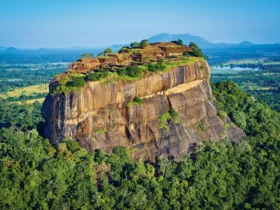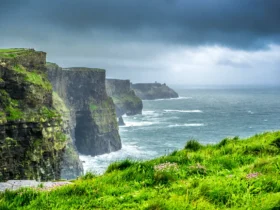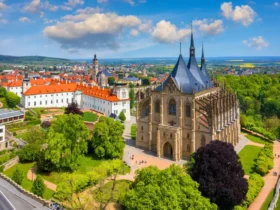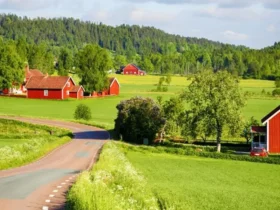Hungary, officially known as the Republic of Hungary, is a landlocked country located in Central Europe.

It shares borders with several countries, including Austria, Slovakia, Ukraine, Romania, Serbia, Croatia, and Slovenia. Budapest, the capital and largest city of Hungary, is renowned for its stunning architecture, thermal baths, and vibrant cultural scene.
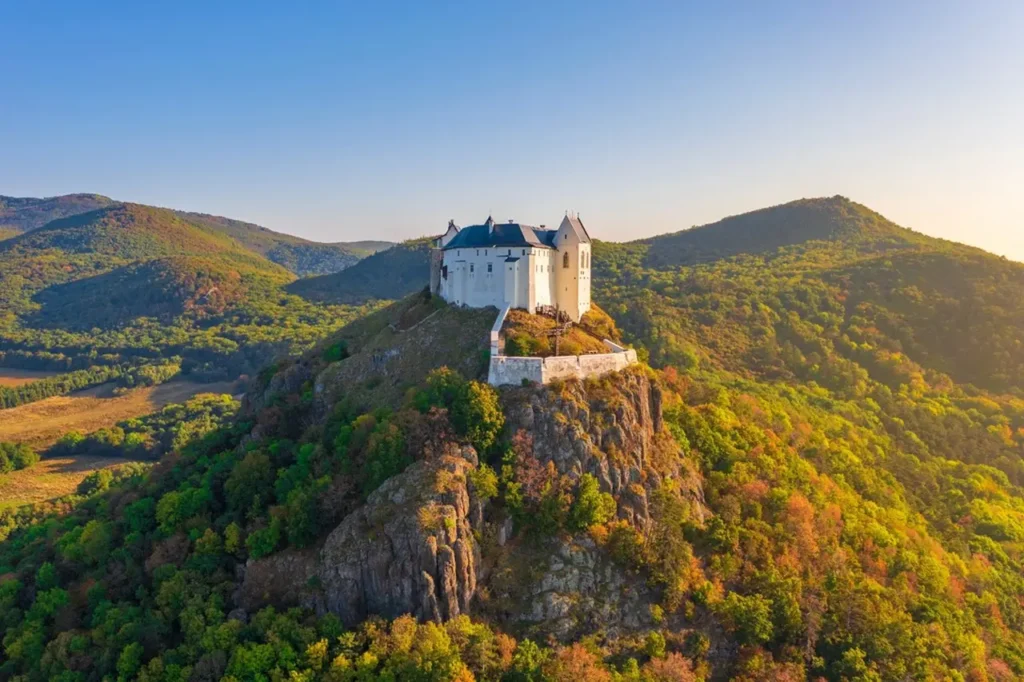
Some key points about Hungary
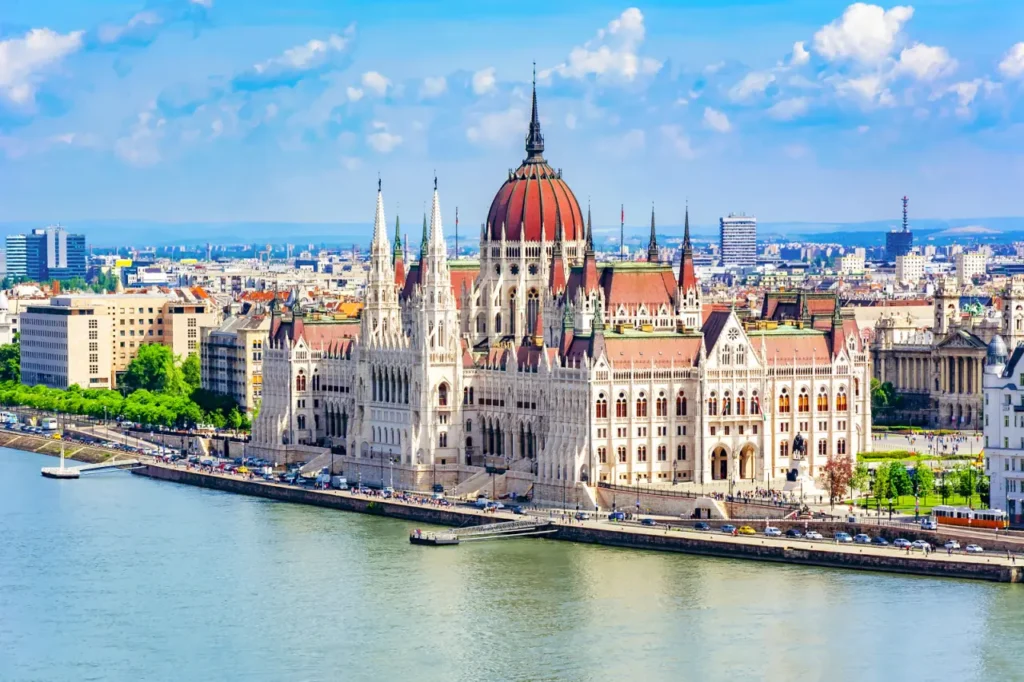
History: Hungary has a rich and complex history dating back to ancient times. It was settled by various tribes before becoming part of the Kingdom of Hungary in the Middle Ages. The country went through periods of independence, foreign rule, and communism before transitioning to a democratic system in the late 20th century.

Culture: Hungarian culture is diverse and influenced by its historical roots as well as neighboring countries. Hungarian cuisine is known for its hearty dishes like goulash, stuffed cabbage, and chimney cake. Folk traditions, music, and dance are also integral parts of Hungarian culture.

Architecture: Hungary boasts a wealth of architectural treasures. Budapest is home to stunning landmarks such as the Hungarian Parliament Building, Buda Castle, Fisherman’s Bastion, and the Chain Bridge. The country also has numerous castles, palaces, and churches that reflect different architectural styles throughout history.

Thermal Baths: Hungary is famous for its thermal baths, which are a popular attraction for both locals and tourists. Budapest alone has several renowned thermal baths, such as Széchenyi, Gellért, and Rudas baths, offering relaxation and medicinal benefits.

Natural Beauty: Hungary features diverse landscapes, including the rolling hills of the Hungarian Plain (Puszta), the picturesque Lake Balaton (the largest lake in Central Europe), and the Danube River, which runs through Budapest and offers scenic views.
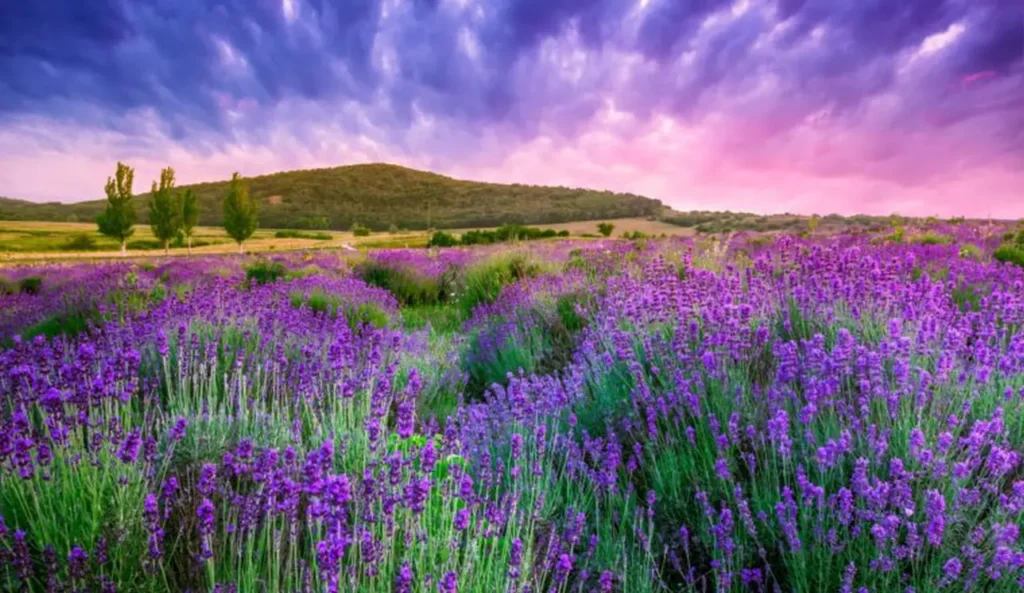
Nobel Prize Winners: Hungary has a remarkable track record when it comes to Nobel Prize laureates. Several notable scientists, writers, and other professionals of Hungarian origin have been awarded Nobel Prizes for their contributions in various fields.
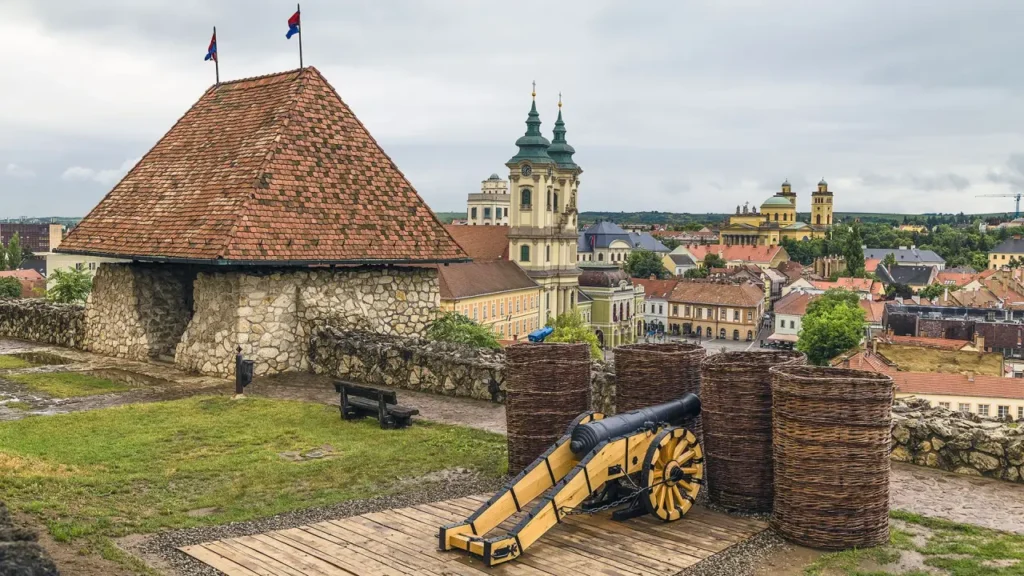
Sports: Hungarians have excelled in several sports, particularly in water polo, swimming, fencing, and football (soccer). The Hungarian national football team, known as the “Magyar Warriors,” has a proud history and has achieved success on the international stage.
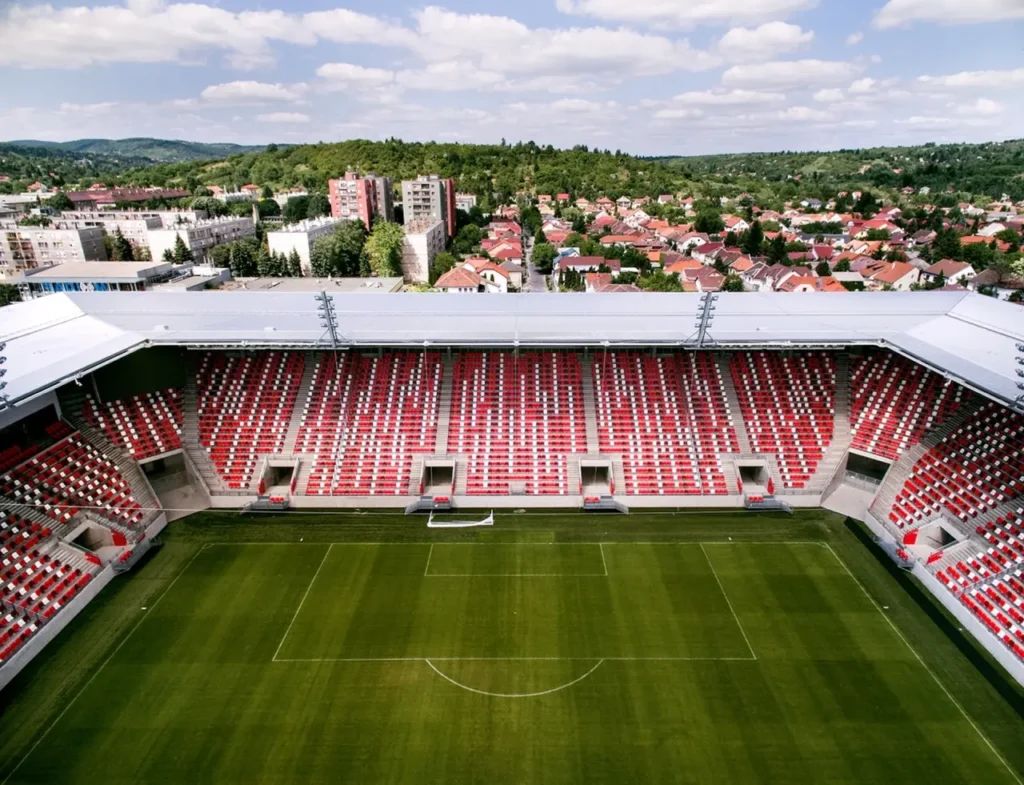
Overall, Hungary is a captivating country with a fascinating history, stunning architecture, rich cultural heritage, and natural beauty that attracts visitors from around the world.
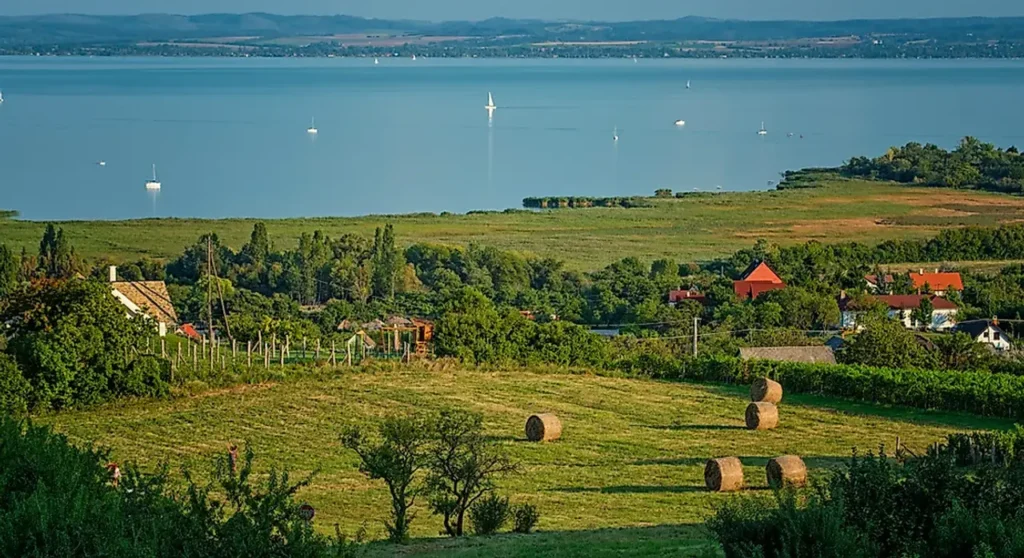
The top beautiful and famous place in Hungary
Hungary is home to several beautiful and famous places that attract tourists from around the world. Here are some of the top destinations in Hungary:

These destinations showcase the diverse attractions and natural wonders that Hungary has to offer. Whether you’re interested in historical sites, natural landscapes, or cultural experiences, Hungary provides a wide array of options for travelers to explore and enjoy.

1. Budapest
The capital city itself is a treasure trove of stunning sights. From the majestic Hungarian Parliament Building and the panoramic views from Fisherman’s Bastion to the historic Buda Castle and the iconic Chain Bridge, Budapest offers a mix of architectural marvels, thermal baths, and a vibrant atmosphere along the Danube River.

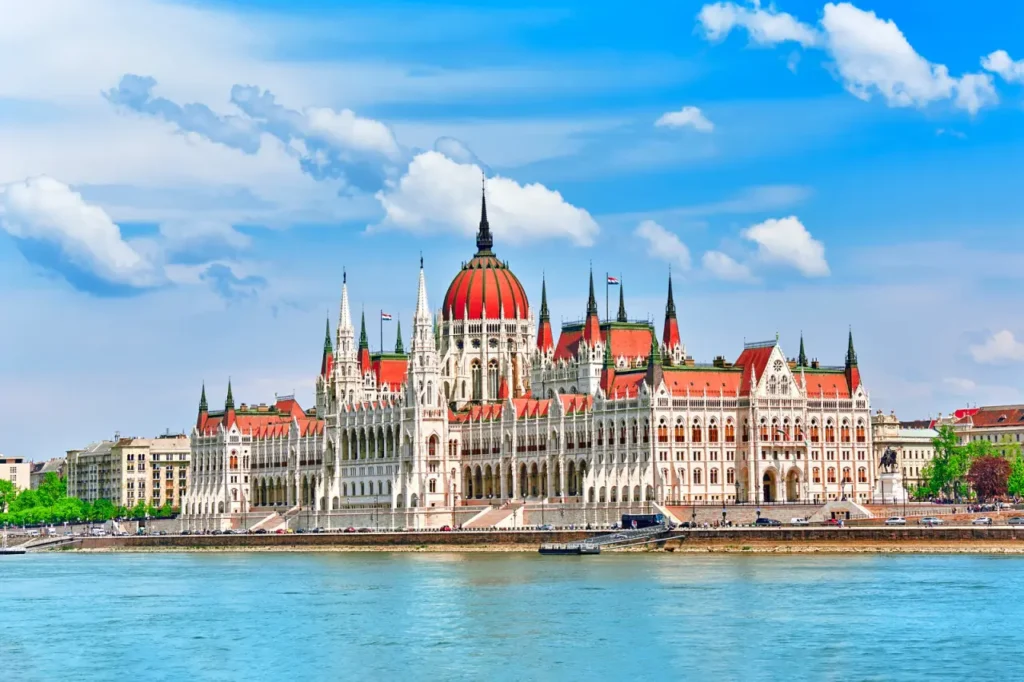
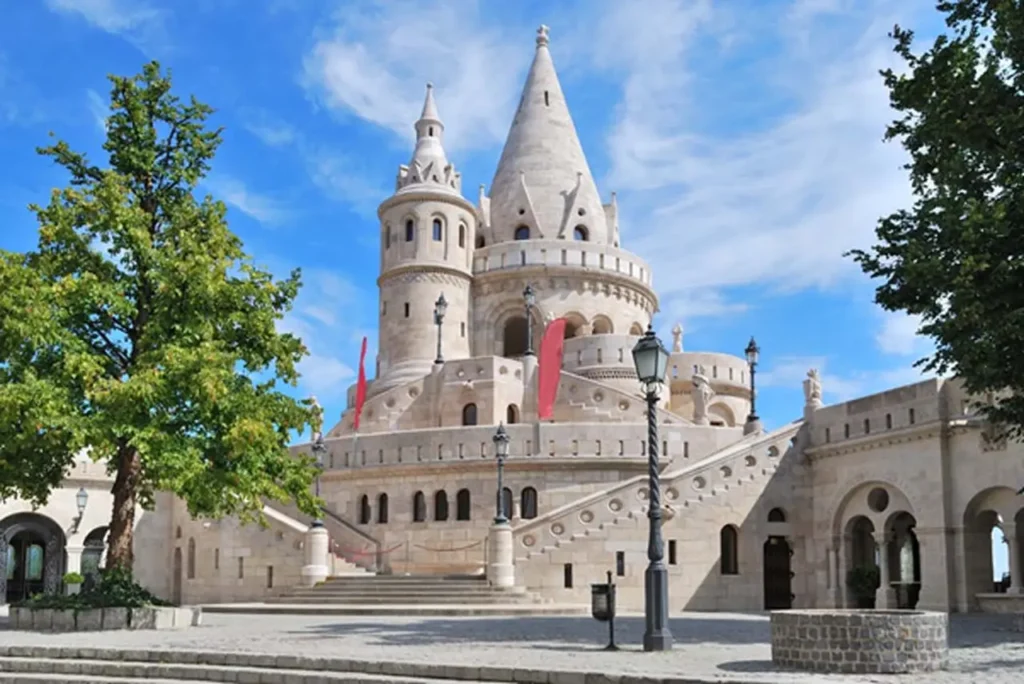
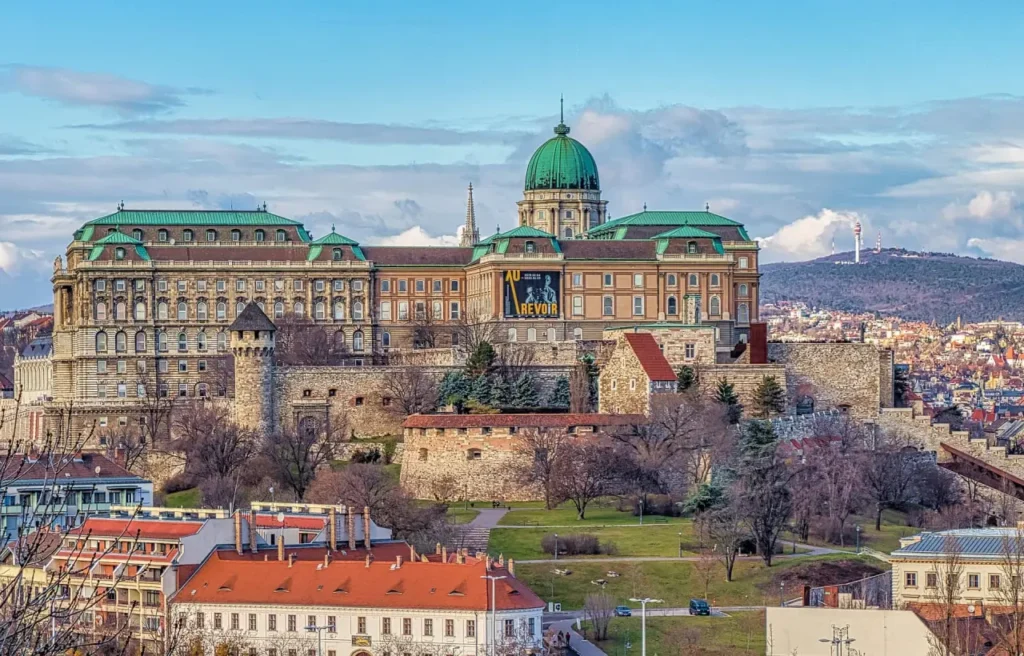

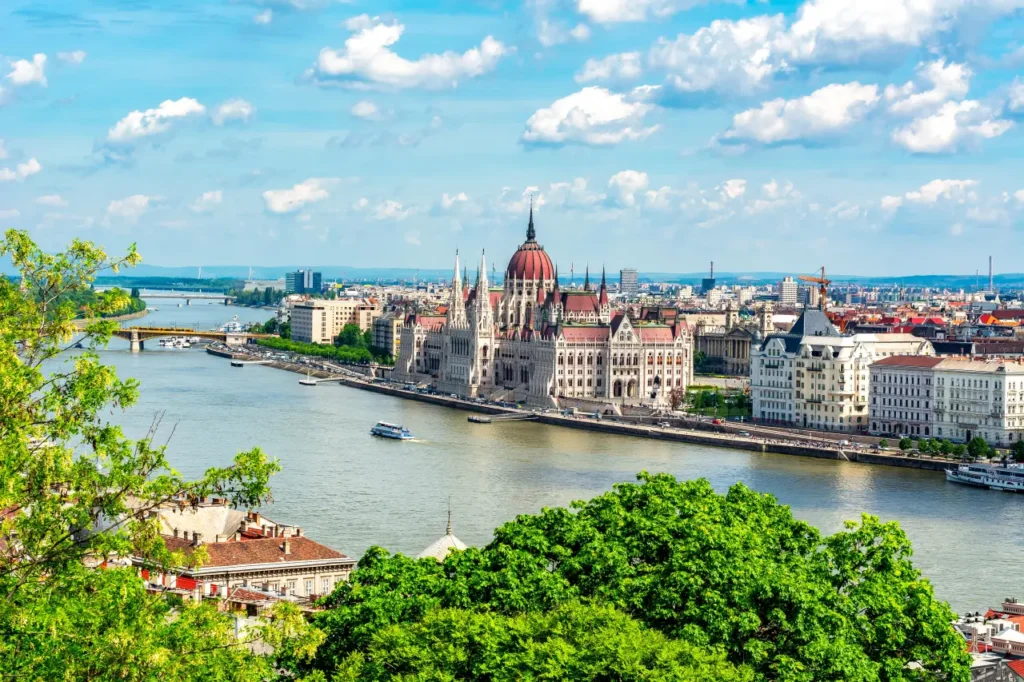

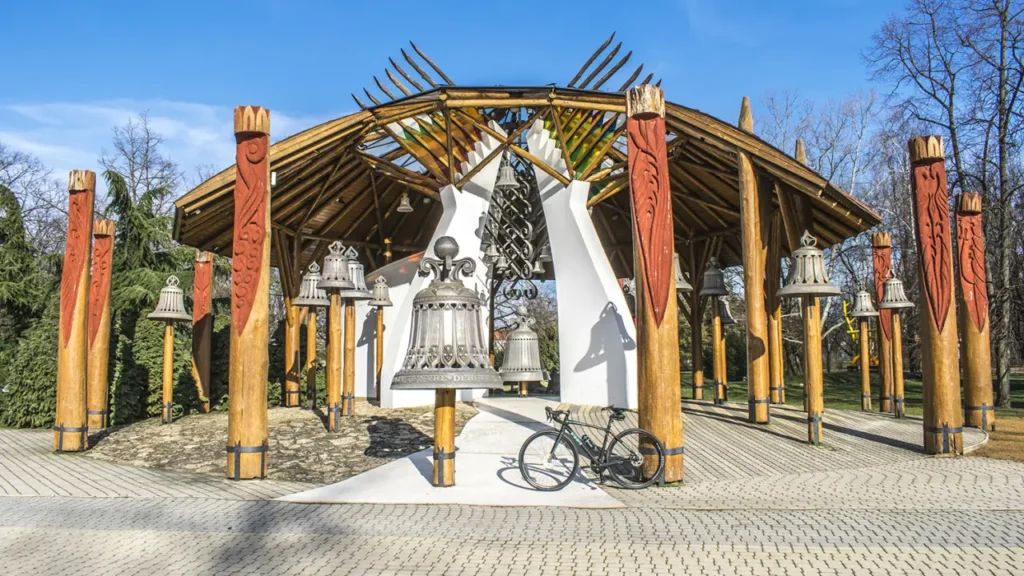
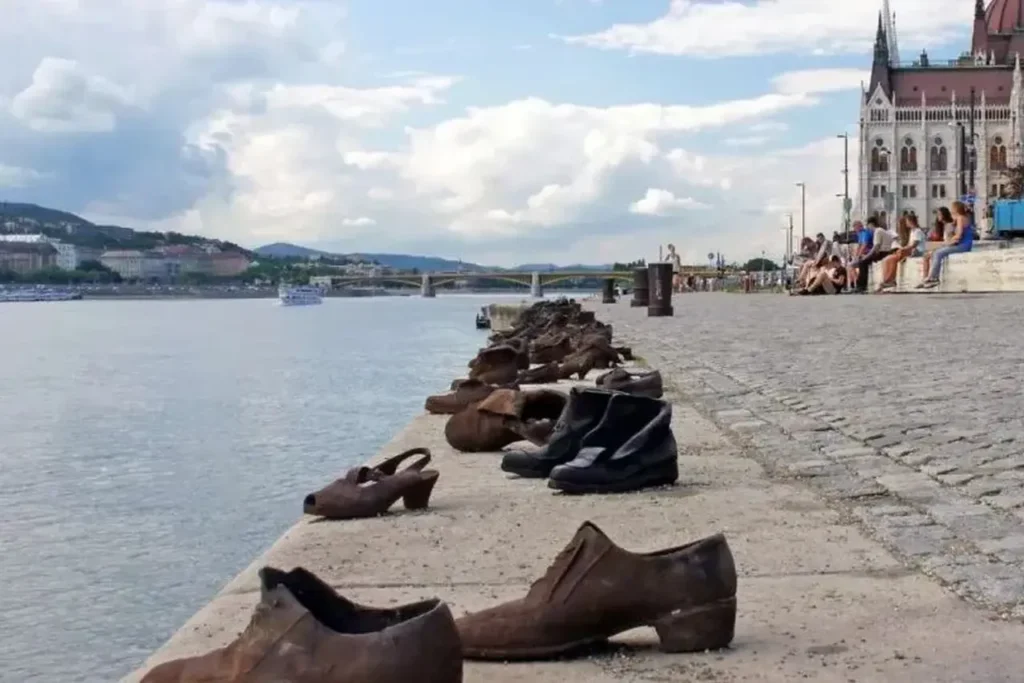
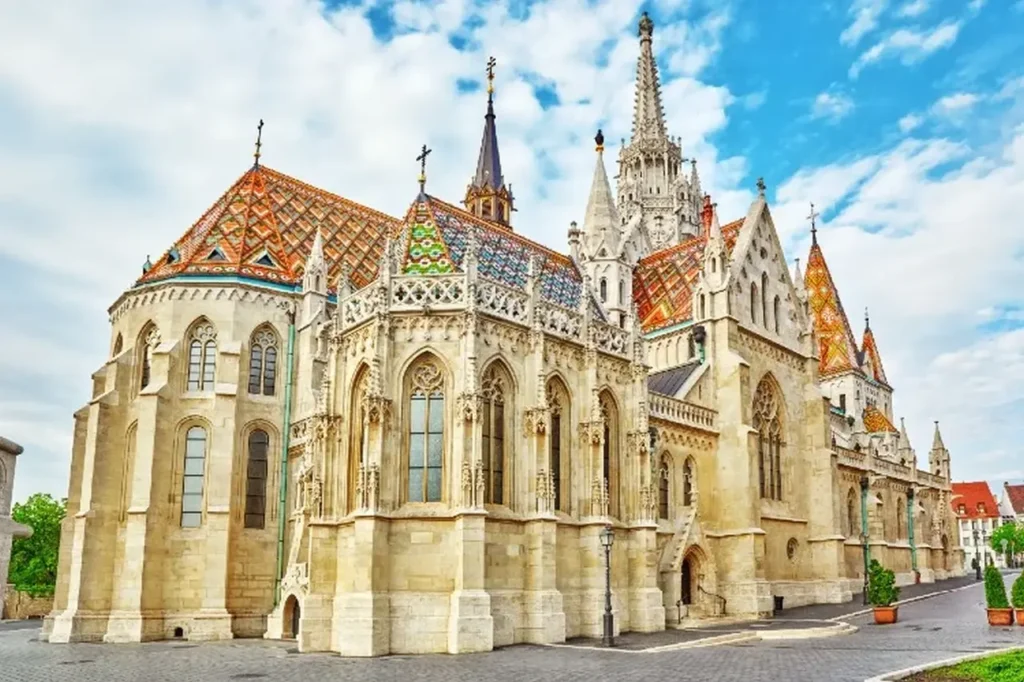
2. Lake Balaton
Known as the “Hungarian Sea,” Lake Balaton is the largest lake in Central Europe and a popular summer destination. With its crystal-clear waters, sandy beaches, and charming lakeside towns like Siófok and Balatonfüred, it offers a relaxing retreat for sunbathing, sailing, and enjoying water activities.

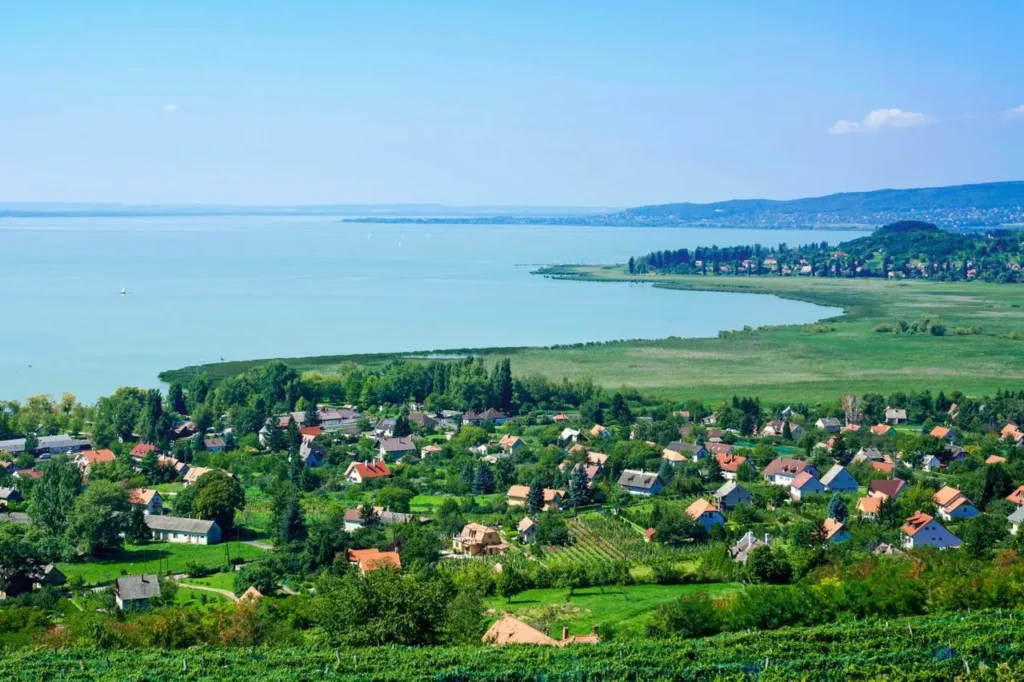
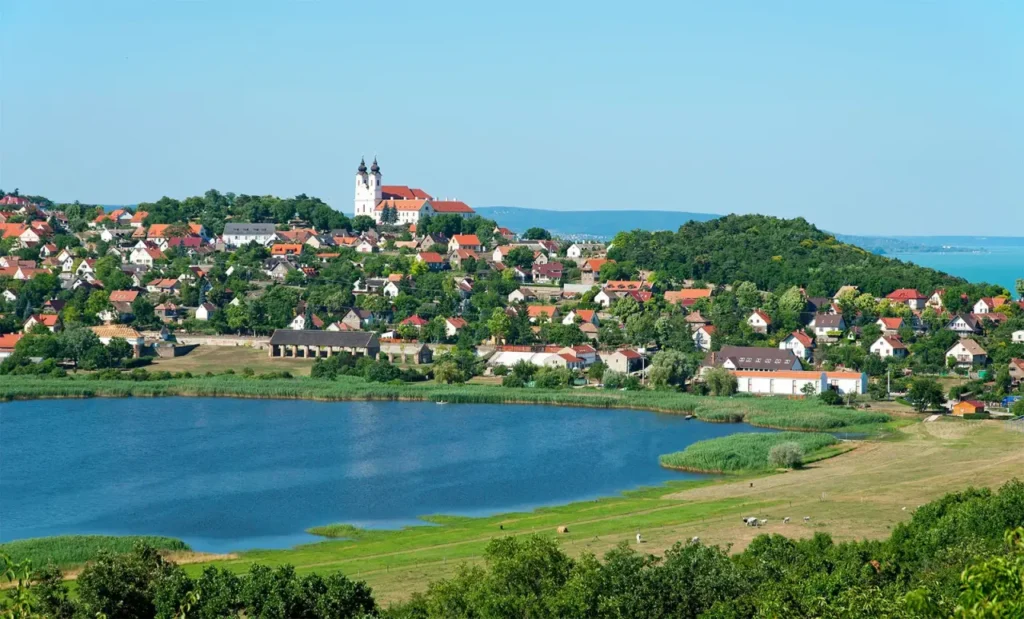
3. Eger
Located in northeastern Hungary, Eger is a historical town famous for its picturesque old town and the Eger Castle. The castle offers panoramic views of the city, and its 16th-century minaret is a unique sight. Eger is also renowned for its thermal baths and the production of quality wines, especially the red wine called “Egri Bikavér” (Bull’s Blood).


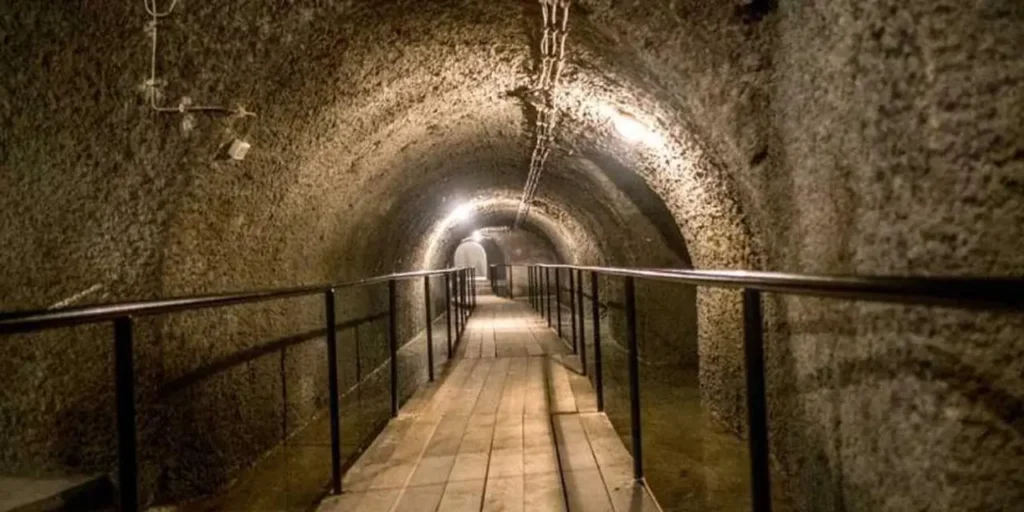
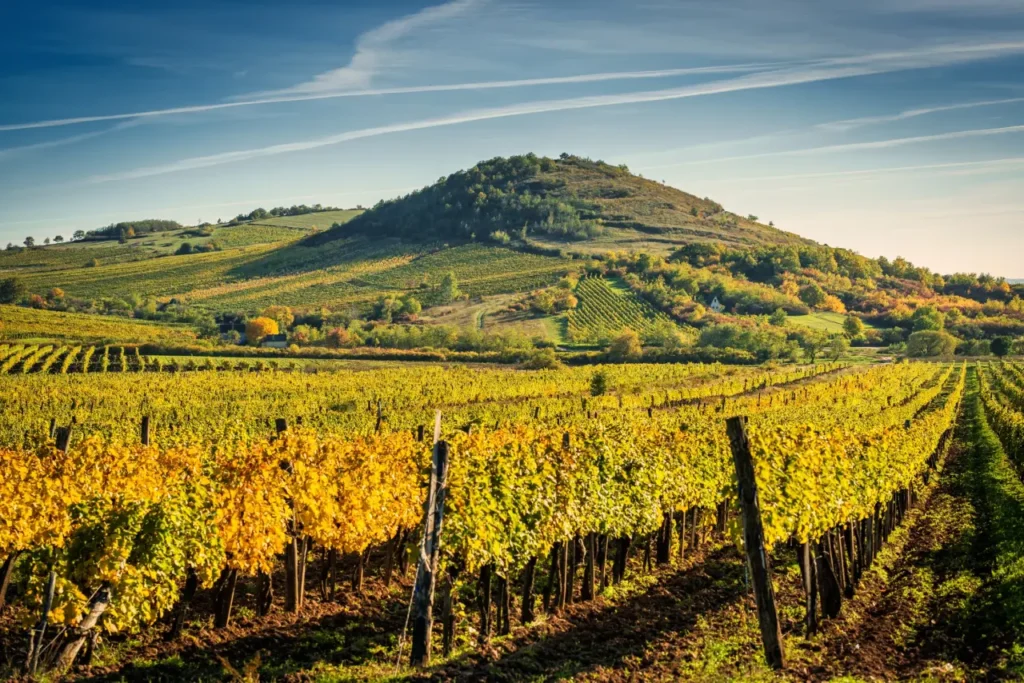
4. Hollókő
Recognized as a UNESCO World Heritage site, Hollókő is a charming village located in northeastern Hungary. It is known for its well-preserved traditional architecture, including the whitewashed houses with thatched roofs. Visitors can experience the rich folk culture, visit the Hollókő Castle, and participate in traditional festivals.
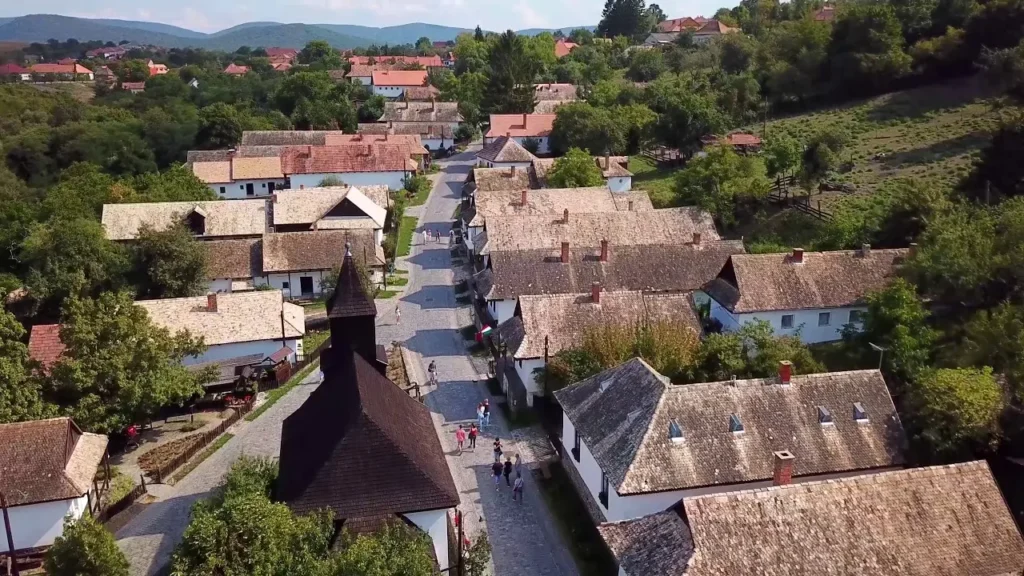
The Hollókő Castle is a medieval fortress that dates back to the 13th century. Perched on a hilltop, the castle offers panoramic views of the surrounding countryside. It is part of the UNESCO World Heritage site of Hollókő and provides insights into Hungary’s medieval history.

5. Pannonhalma Archabbey
Situated near the city of Győr, the Pannonhalma Archabbey is a Benedictine monastery founded over a thousand years ago. It is not only a spiritual retreat but also a remarkable architectural masterpiece. The abbey complex includes a stunning basilica, a library with ancient manuscripts, and beautifully manicured gardens.

6. Hortobágy National Park
As Hungary’s largest national park, Hortobágy offers a unique landscape of vast plains, marshes, and meandering rivers. It is a paradise for nature lovers and birdwatchers, with diverse flora and fauna. Visitors can explore traditional shepherd culture, witness the famous Hungarian gray cattle, and enjoy
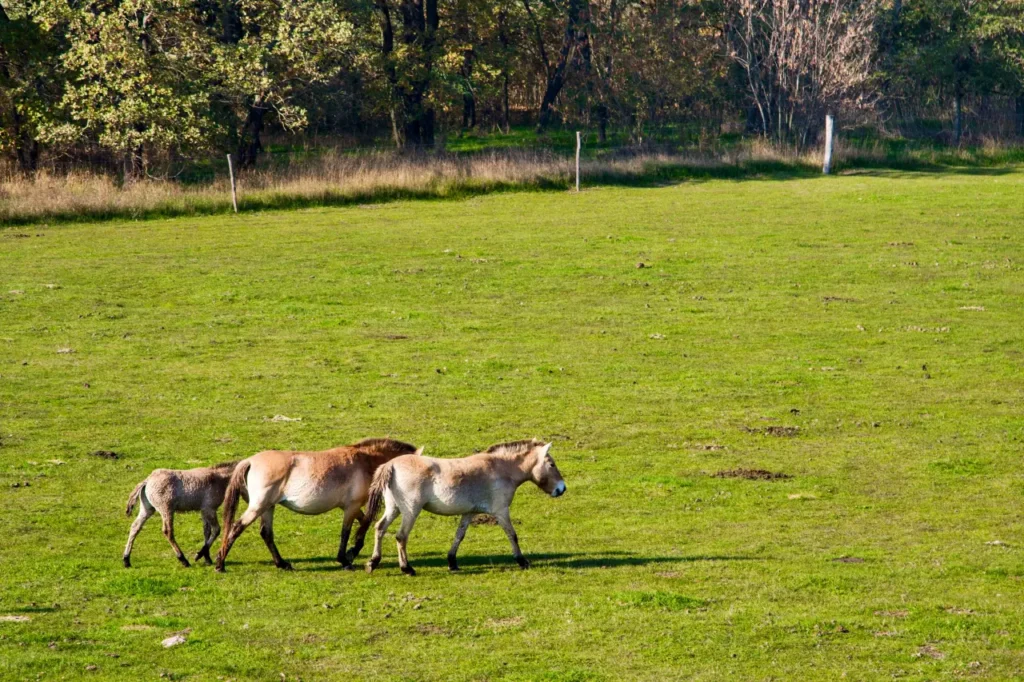
7. Pécs
Located in southern Hungary, Pécs is a vibrant city with a rich history and a Mediterranean atmosphere. It is known for its well-preserved Roman ruins, including the Early Christian Necropolis, which is a UNESCO World Heritage site. Pécs also features beautiful mosques from the Ottoman period, a charming old town, and numerous cultural events.


Pécs Cathedral, also known as the Cathedral of St. Peter and St. Paul, is a magnificent Roman Catholic cathedral located in the city of Pécs. It showcases a blend of architectural styles, including Romanesque, Gothic, and Baroque. The cathedral’s interior is adorned with intricate frescoes, sculptures, and a stunning organ.
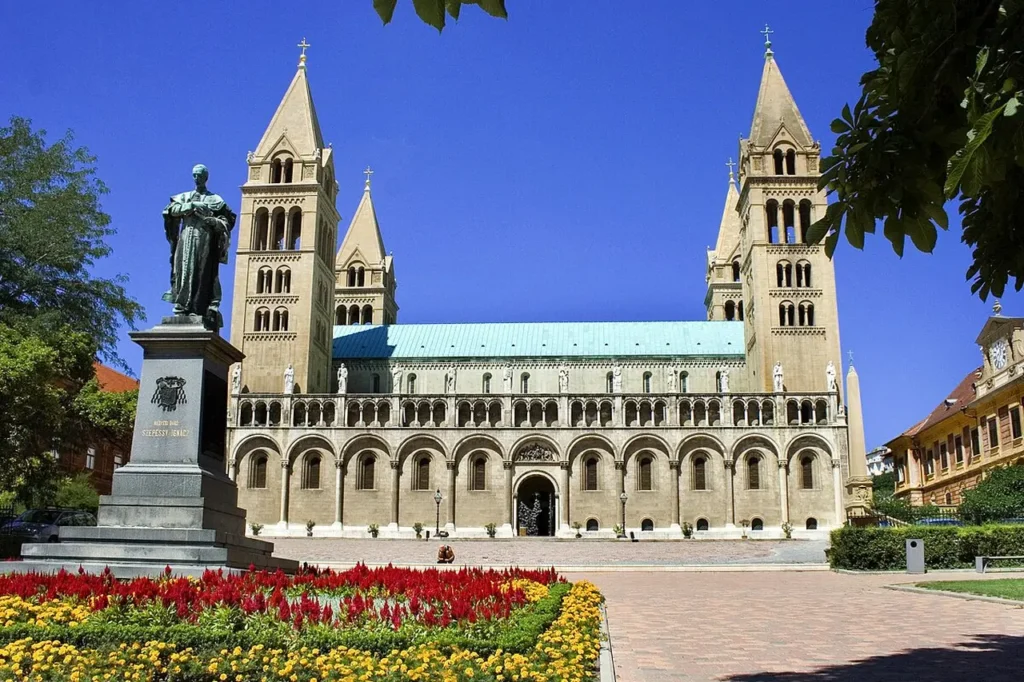

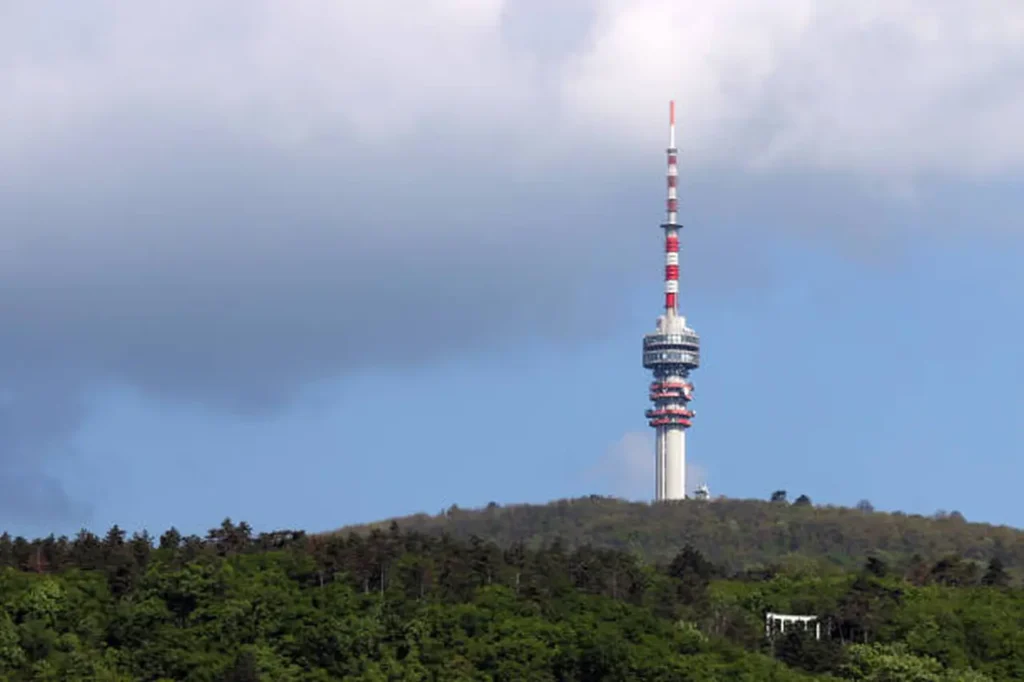
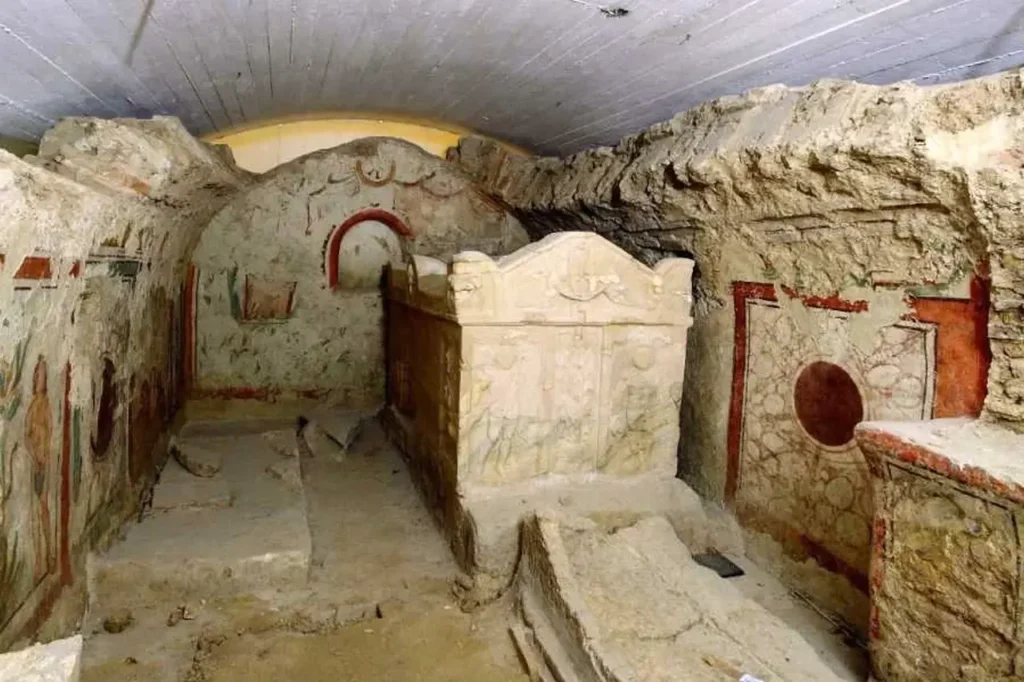
8. Szentendre
Located just north of Budapest, Szentendre is a charming town known for its colorful Baroque architecture and cobblestone streets. It is a popular destination for artists and art enthusiasts, with numerous galleries, museums, and artisan shops. Szentendre also offers a scenic riverside setting along the Danube.
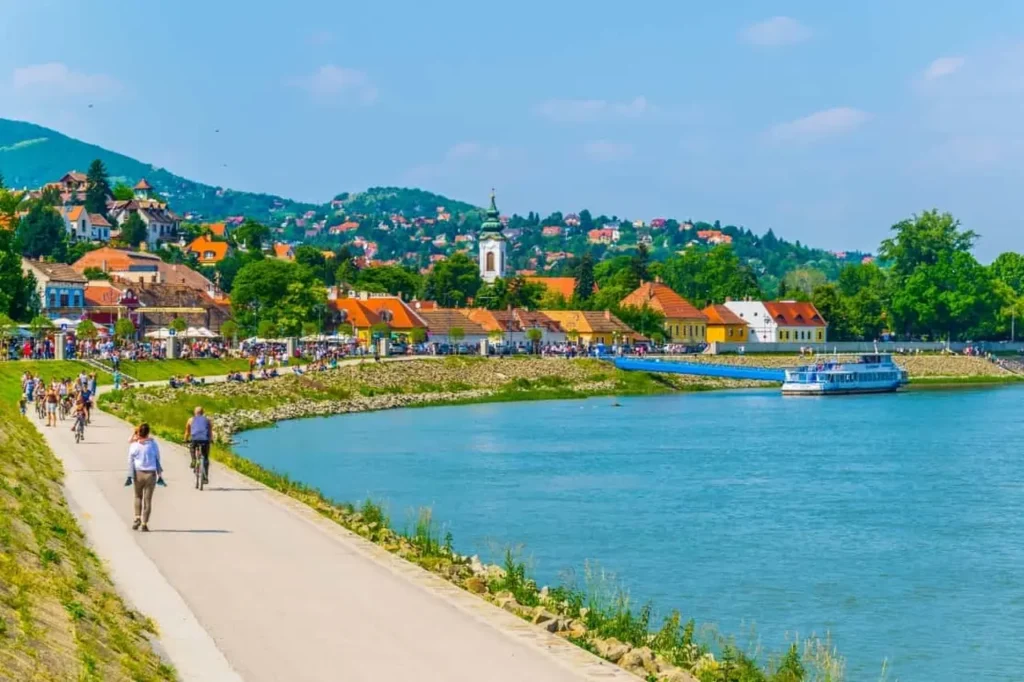

9. Danube Bend
The Danube Bend is a picturesque region in Hungary where the Danube River makes a dramatic curve. It is a popular day trip from Budapest, offering stunning landscapes, charming towns, and historical sites. Visegrád, Esztergom, and Szentendre are the main towns in this area, each with its own unique attractions.

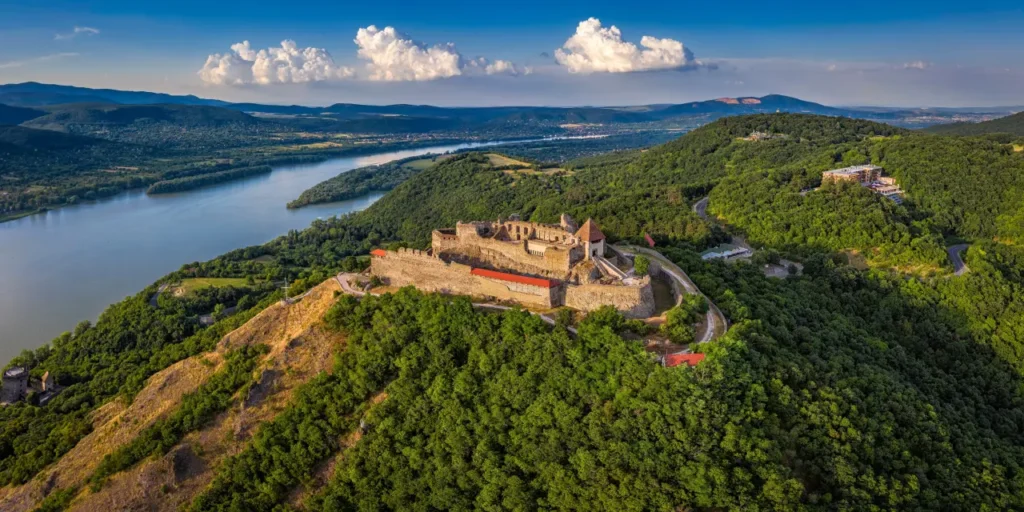
10. Tihany
Situated on the shores of Lake Balaton, the small village of Tihany is known for its stunning natural beauty and the Tihany Abbey. The abbey, founded in the 11th century, offers panoramic views of the lake and surrounding landscapes. Tihany is also a great place for hiking, enjoying the lake, and indulging in local culinary delights.
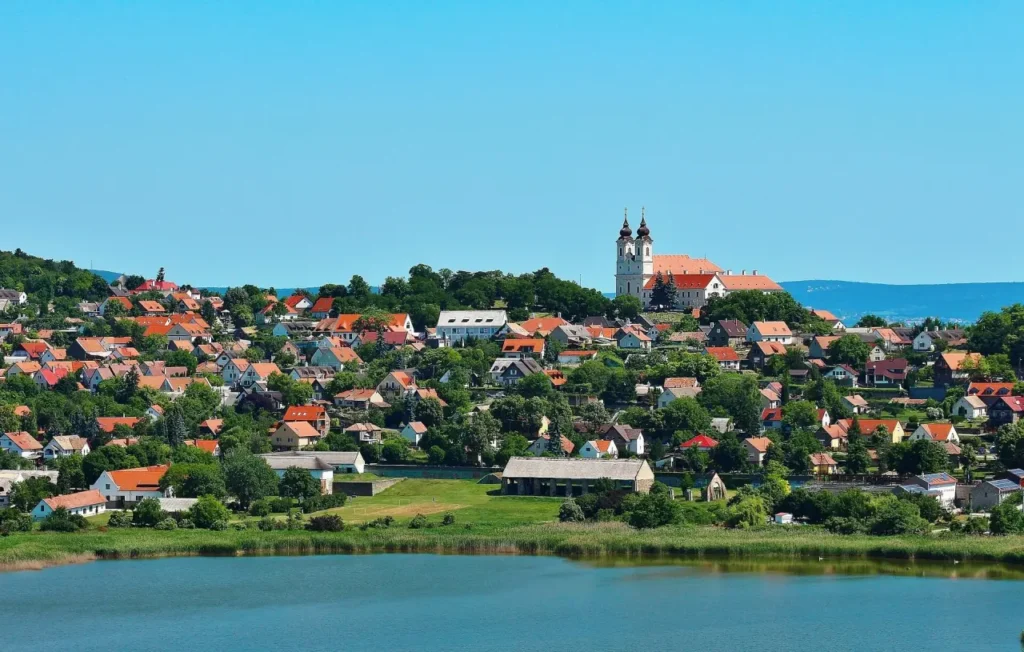
11. Aggtelek National Park
Located in northeastern Hungary, Aggtelek National Park is a UNESCO World Heritage site and known for its unique karst landscape. The park features numerous caves, including the renowned Baradla Cave, which is one of the largest stalactite caves in Europe. Guided tours allow visitors to explore the fascinating underground world.
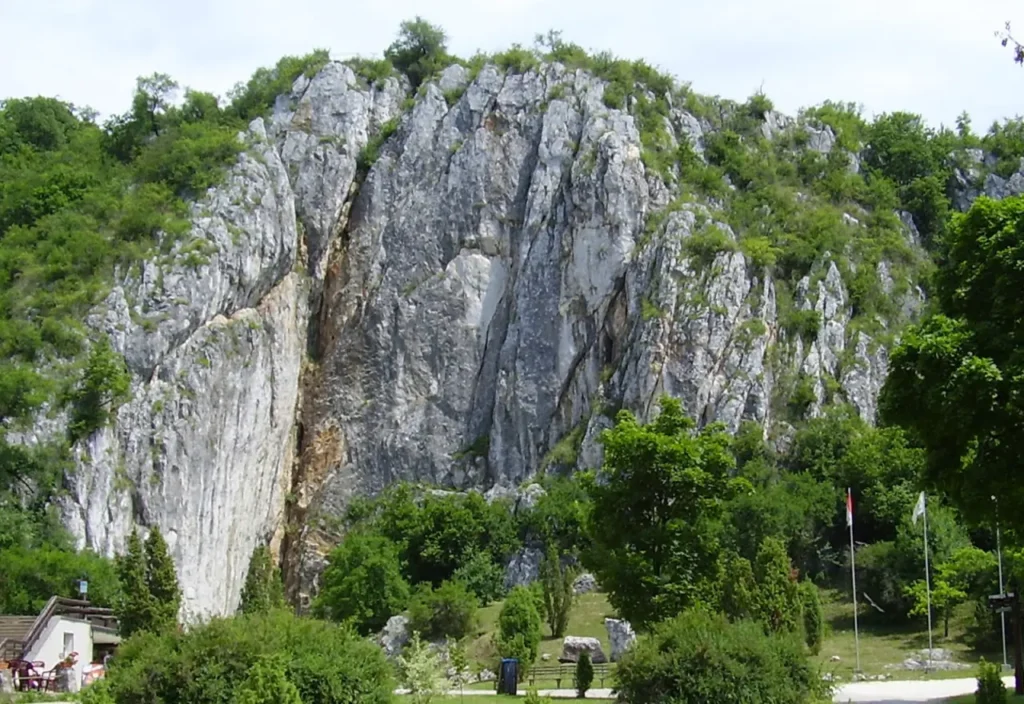
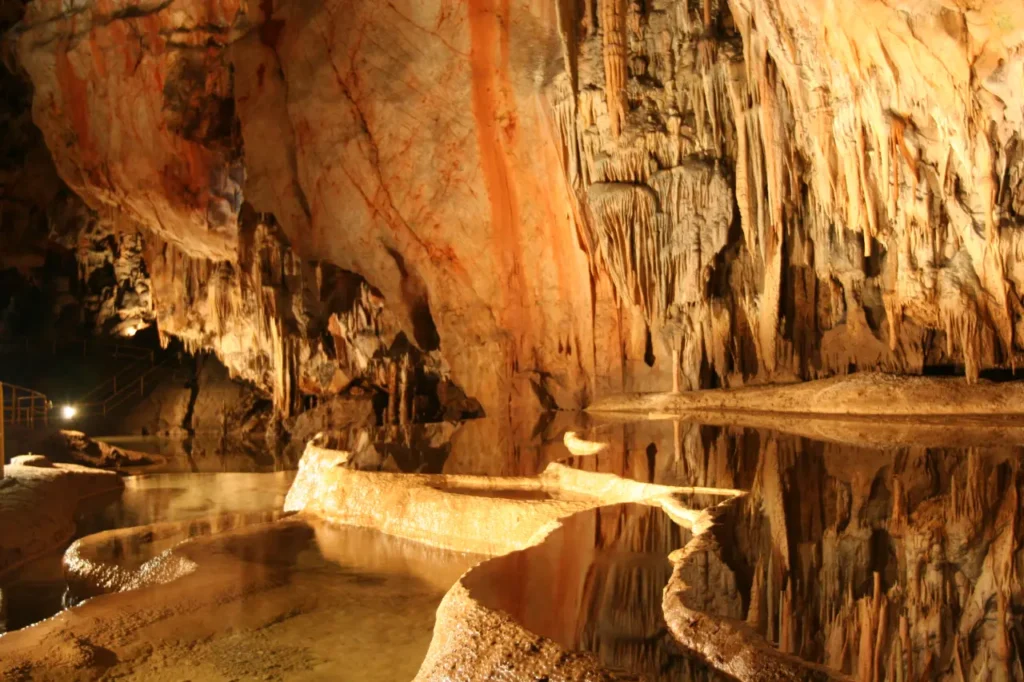
12. Debrecen
As Hungary’s second-largest city, Debrecen offers a mix of historical charm and vibrant cultural life. It is known for its grandiose Reformed Great Church, which is a symbol of Hungarian Protestantism. The city also boasts beautiful parks, museums, and the Hortobágy National Park nearby.


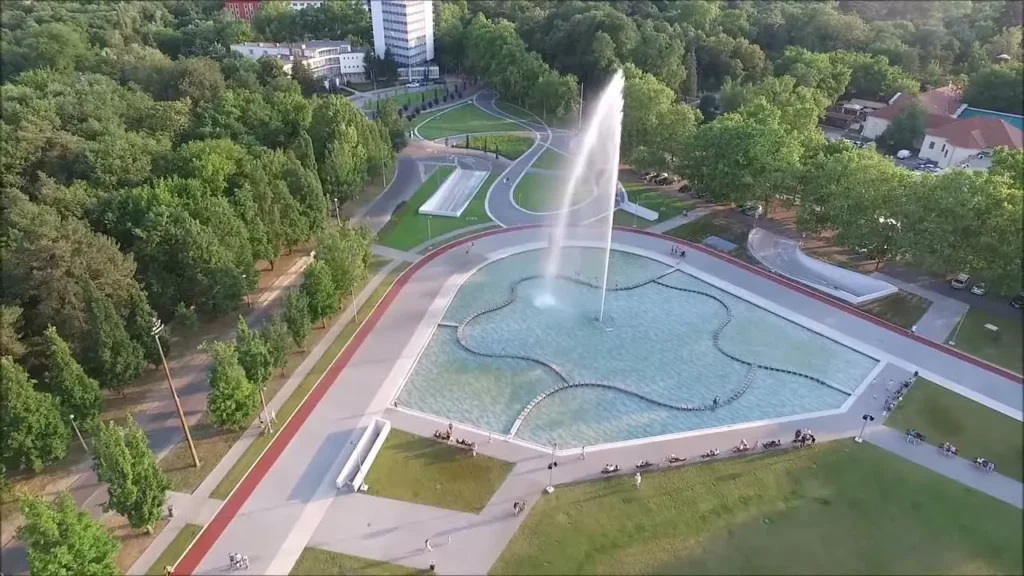


13. Lake Hévíz
Located near the town of Hévíz, Lake Hévíz is the largest biologically active thermal lake in Europe. The lake’s warm, mineral-rich waters are renowned for their healing properties. Visitors can enjoy relaxing spa experiences, therapeutic mud baths, and picturesque surroundings.

14. Szeged
Situated in southern Hungary, Szeged is a lively university city famous for its beautiful architecture and vibrant cultural scene. The city center features elegant Art Nouveau buildings, such as the iconic Szeged Synagogue and the Votive Church. Szeged is also known for its spicy fish soup and the Szeged Open-Air Festival, a popular summer event.

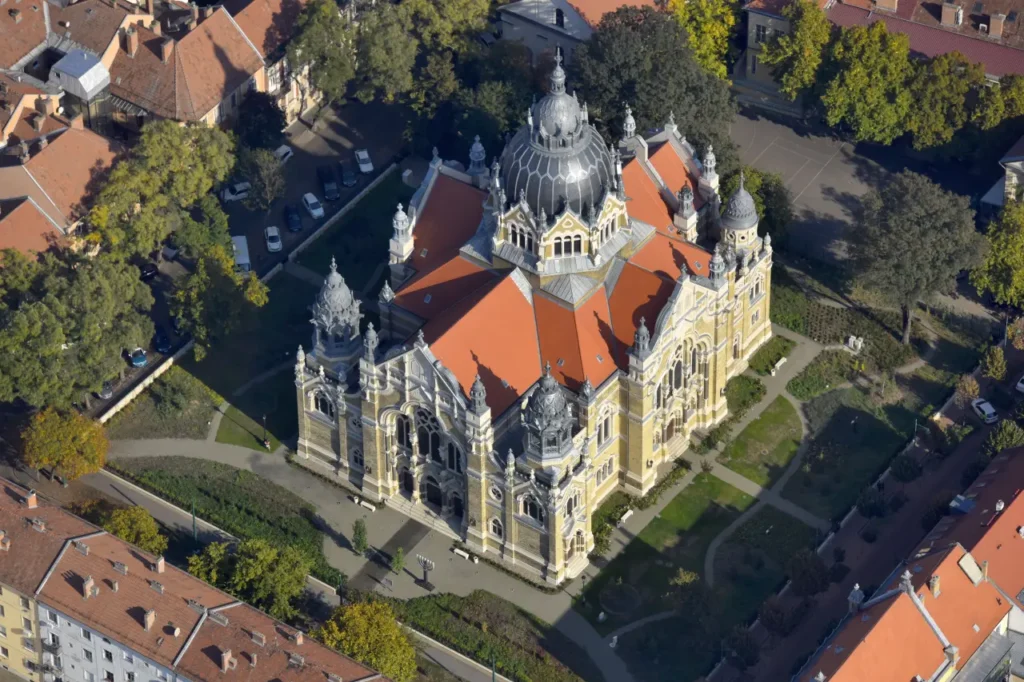

15. Tokaj Wine Region
The Tokaj Wine Region, located in northeastern Hungary, is famous for its sweet white wines, particularly the Tokaji Aszú. It is one of the oldest wine regions in the world and a UNESCO World Heritage site. Wine enthusiasts can visit vineyards, explore historic wine cellars, and sample the region’s renowned wines.
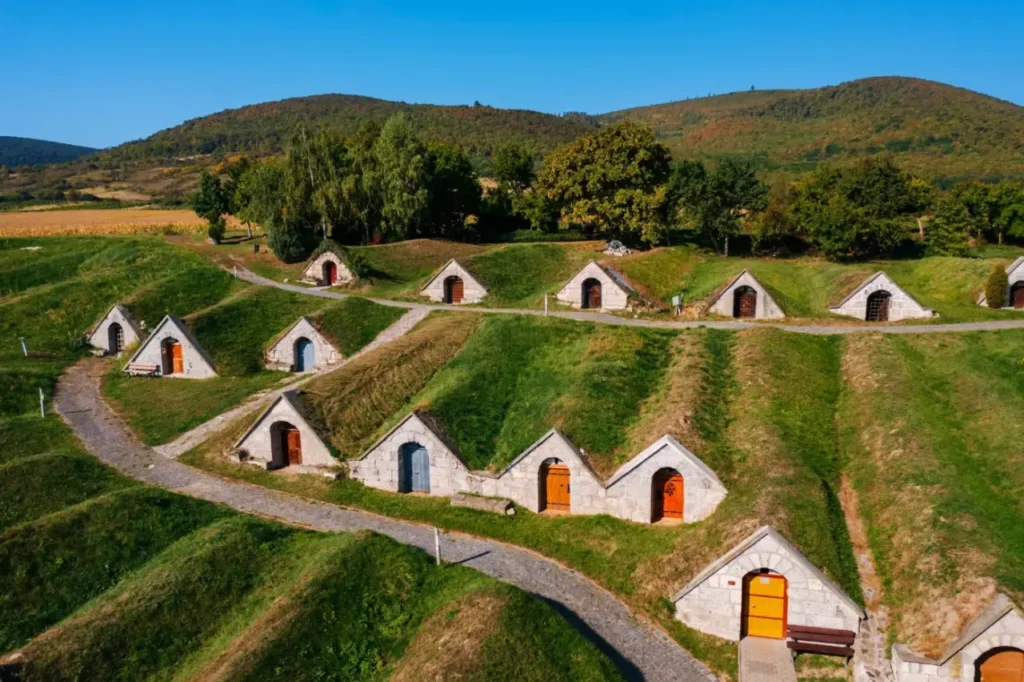
16. Székesfehérvár
Located in central Hungary, Székesfehérvár is a historic city with a rich past. It was the coronation site of Hungarian kings in the Middle Ages and has several significant landmarks. The Bory Castle, a unique structure built by architect Jenő Bory, is a highlight with its eclectic mix of architectural styles and beautiful gardens.
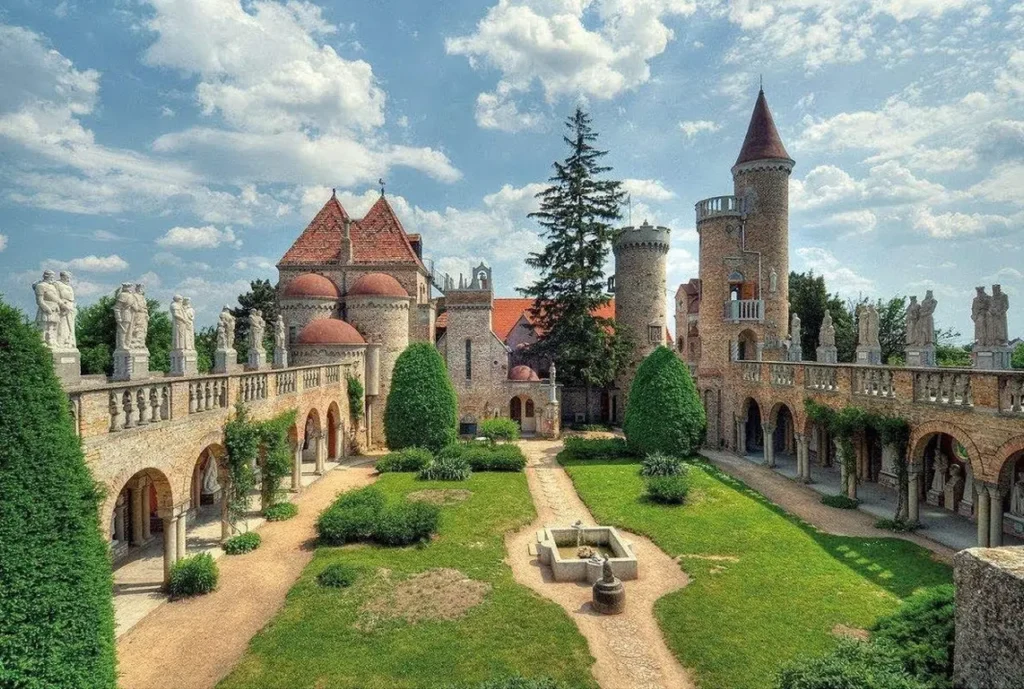
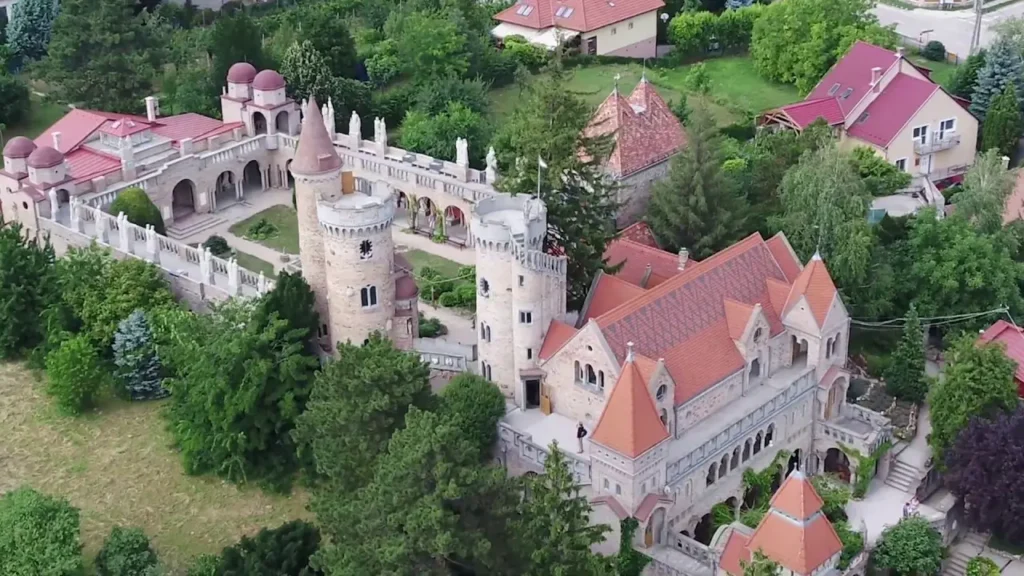
17. Széchenyi Thermal Bath
Located in Budapest, the Széchenyi Thermal Bath is one of the largest medicinal bath complexes in Europe. It features several indoor and outdoor pools, saunas, and spa facilities. The bath’s beautiful architecture, including its yellow Neo-Baroque buildings, adds to the allure of the experience.
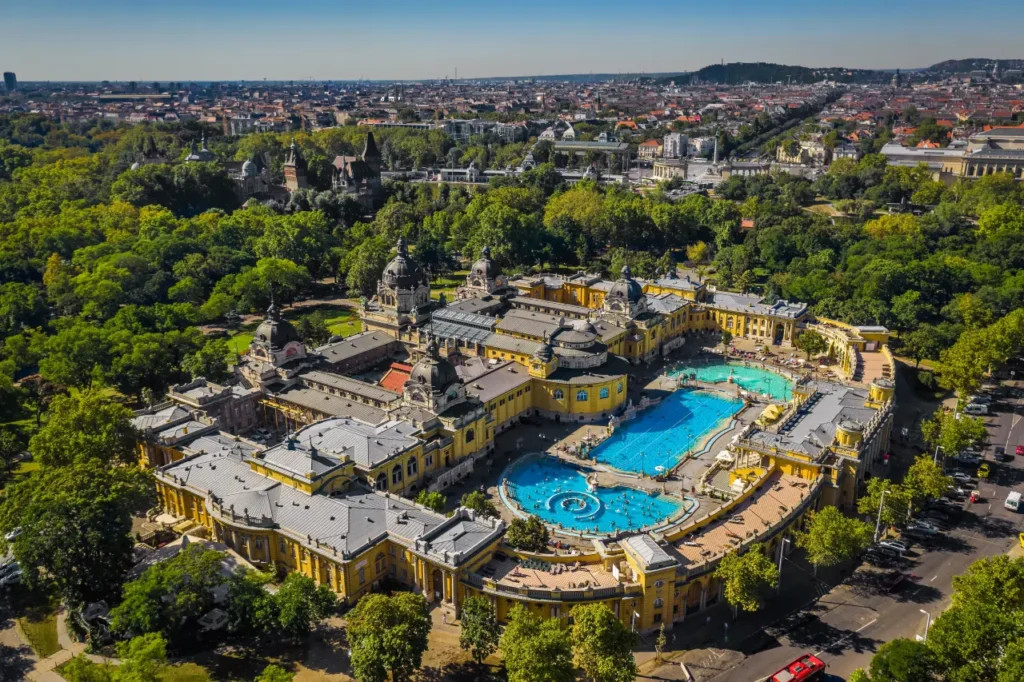
18. Egerszalók
Located near the town of Eger, Egerszalók is famous for its unique thermal baths and the “salt hill.” The salt hill is a natural formation with white, cascading travertine terraces created by thermal waters rich in minerals. Visitors can enjoy the warm, healing waters while surrounded by picturesque natural beauty.

19. Visegrád Castle
Situated in the Danube Bend region, Visegrád Castle is a medieval fortress that overlooks the Danube River. The castle offers spectacular views of the surrounding landscape and the river below. It also hosts historical reenactments and festivals, providing visitors with a glimpse into Hungary’s medieval past.

20. Gödöllő Palace
Located in the town of Gödöllő, just outside Budapest, Gödöllő Palace is a magnificent Baroque palace. It was a favored residence of Queen Elisabeth (Sisi) and Franz Joseph I of Austria-Hungary. The palace is known for its opulent interiors, beautiful gardens, and historical significance.

21. Puszta Great Plain
The Puszta Great Plain, also known as the Hungarian Plain, is a vast and flat lowland region that covers a significant portion of Hungary. It is characterized by its wide-open spaces, agricultural landscapes, and traditional Hungarian rural life. Visitors can witness horse shows, carriage rides, and experience the traditional Puszta lifestyle.

22. Sopron
Situated near the Austrian border, the charming town of Sopron offers a blend of medieval and Baroque architecture. Its well-preserved old town features cobblestone streets, colorful facades, and historic landmarks such as the Firewatch Tower. Sopron is also renowned for its vineyards and wine production.
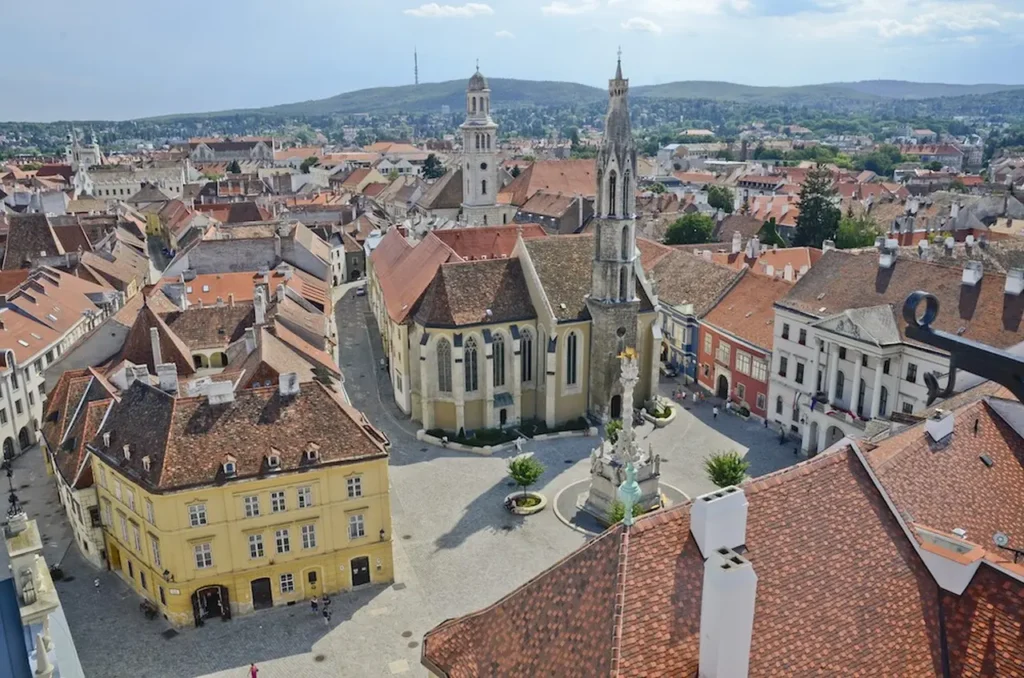
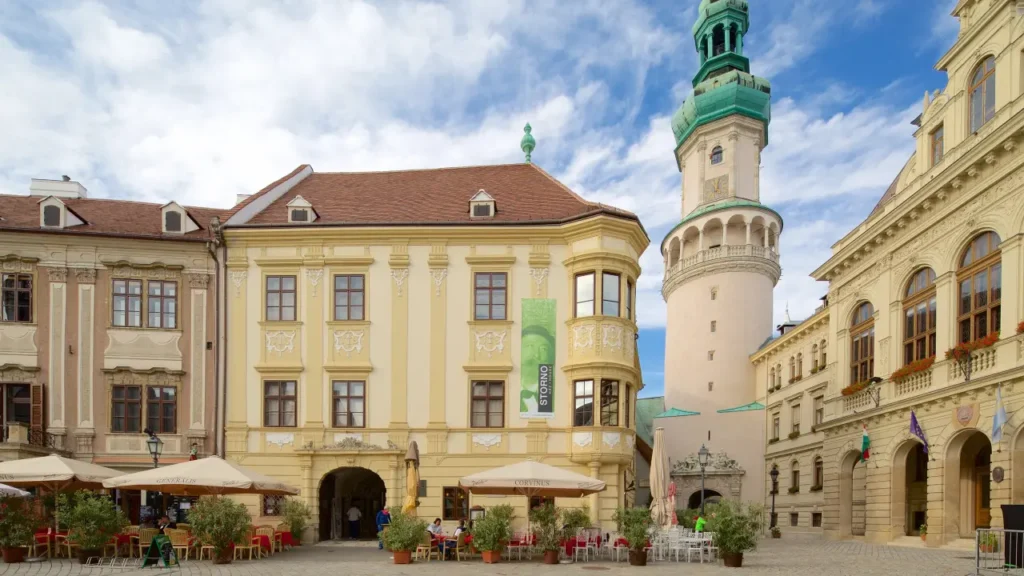
23. Esztergom Basilica
The Esztergom Basilica, officially known as the Primatial Basilica of the Blessed Virgin Mary Assumed Into Heaven and St Adalbert, is the largest church in Hungary and a prominent religious site. Located in the town of Esztergom, it overlooks the Danube River and features stunning architecture and impressive interior decorations.
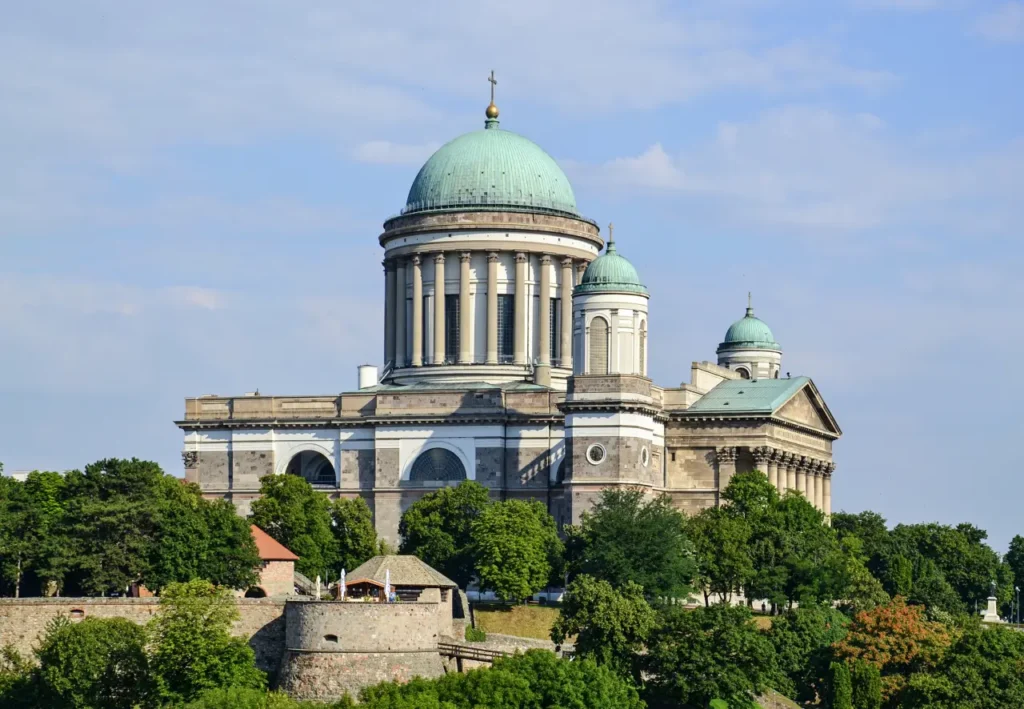
24. Győr
Situated between Budapest and Vienna, Győr is a picturesque city with a rich history. It boasts a well-preserved Baroque old town, charming squares, and architectural gems like the Cathedral Basilica of the Assumption of the Blessed Virgin Mary. Győr also hosts various cultural events and festivals throughout the year.
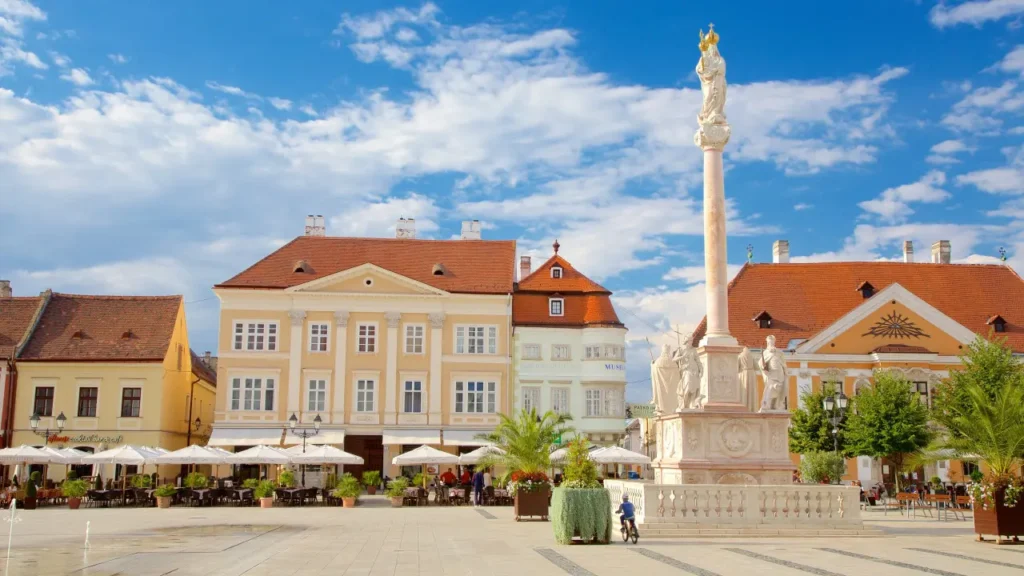
25. Tapolca Lake Cave
Located in the town of Tapolca, the Tapolca Lake Cave is a unique geological formation. Visitors can explore the cave system by boat, gliding through the crystal-clear waters that flow beneath the town. The surreal atmosphere and natural beauty make it a fascinating and memorable experience.
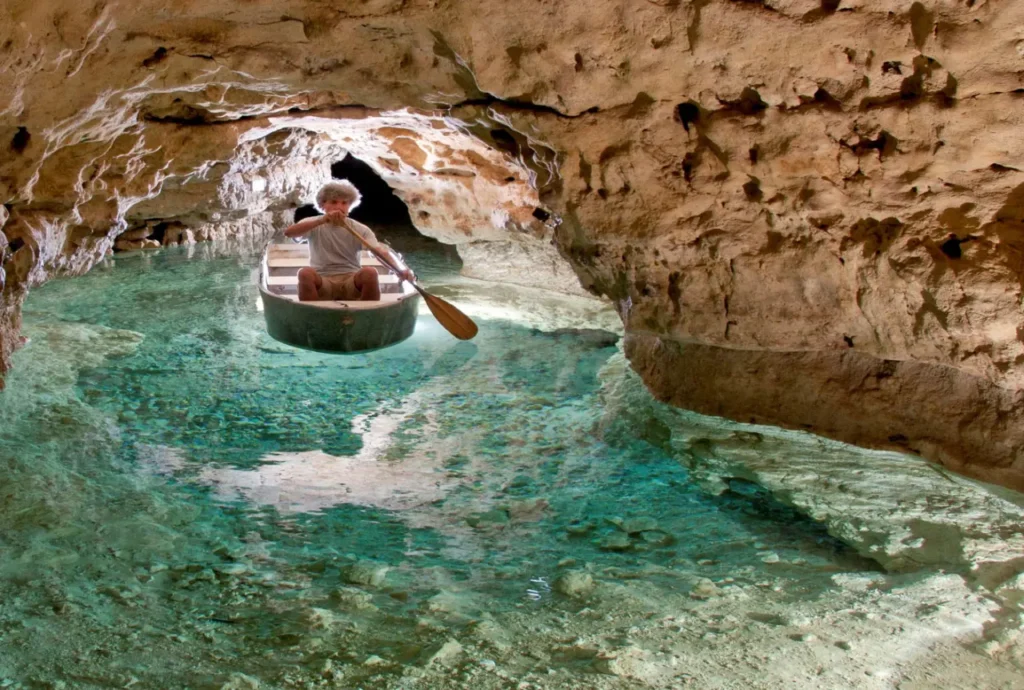
26. Zemplén Mountains
Situated in northeastern Hungary, the Zemplén Mountains are known for their picturesque landscapes, dense forests, and tranquil beauty. The region offers excellent opportunities for hiking, nature walks, and exploring medieval castles, such as the Füzér castle and the Boldogkő Castle perched on a hilltop.
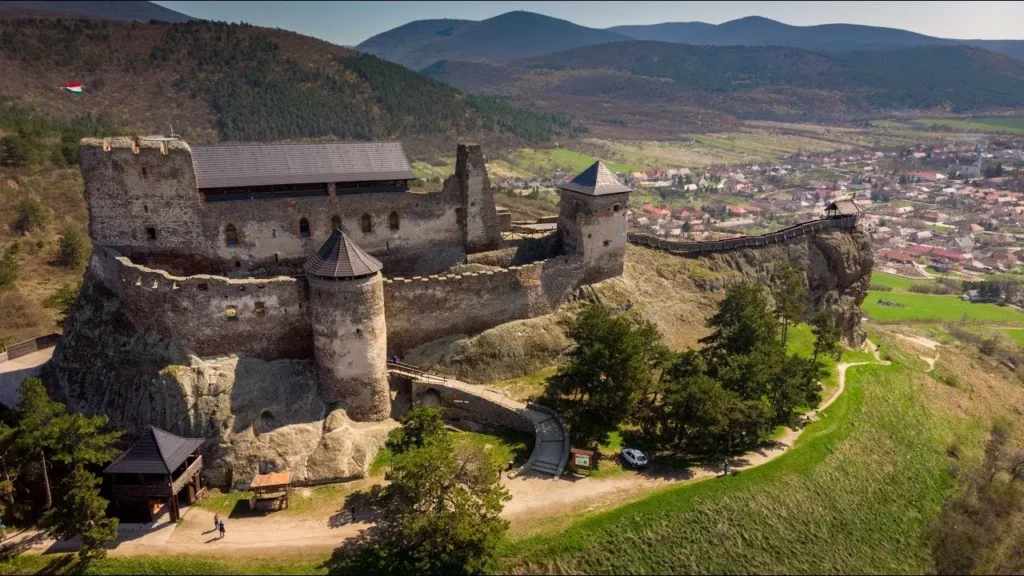

These are just some of the many beautiful and famous places in Hungary. The country’s rich history, architectural wonders, natural landscapes, and cultural heritage offer a diverse range of attractions for visitors to explore and enjoy.

These destinations highlight the diversity and beauty of Hungary’s historical, architectural, and natural attractions. Exploring these places allows you to delve deeper into Hungary’s fascinating culture and heritage while experiencing its stunning landscapes.
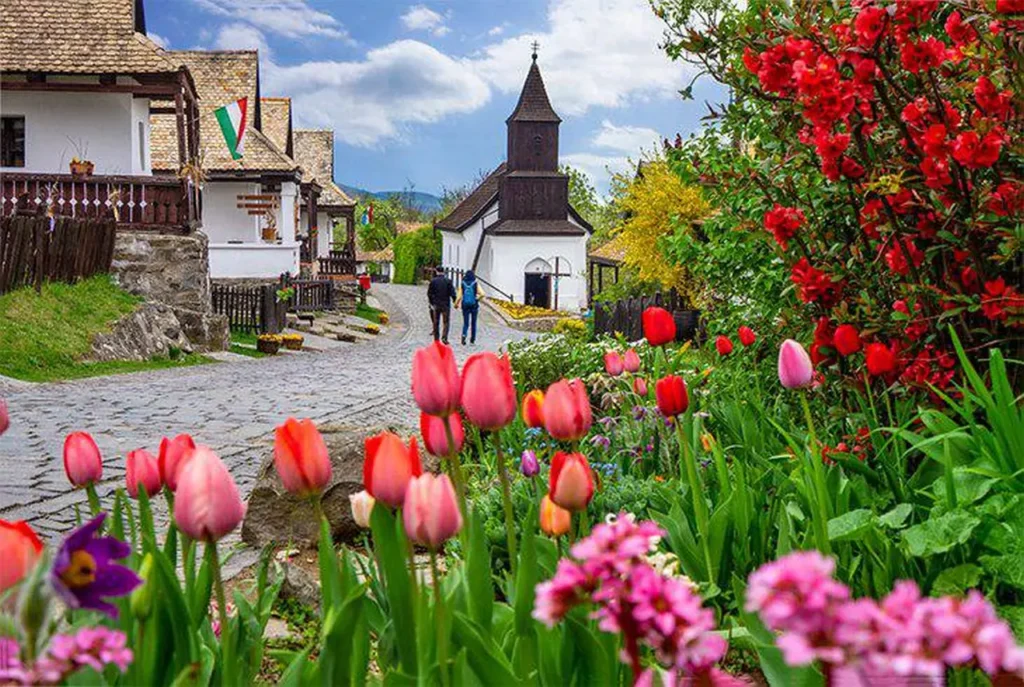
Whether you’re interested in history, nature, architecture, or gastronomy, Hungary has something to offer for every traveler. Hope this article is useful to readers. Please visit our website regularly to explore more beautiful places in the world!

